2020 Annual Report Faster isn’t always better: how “interplay” is needed as tech advances
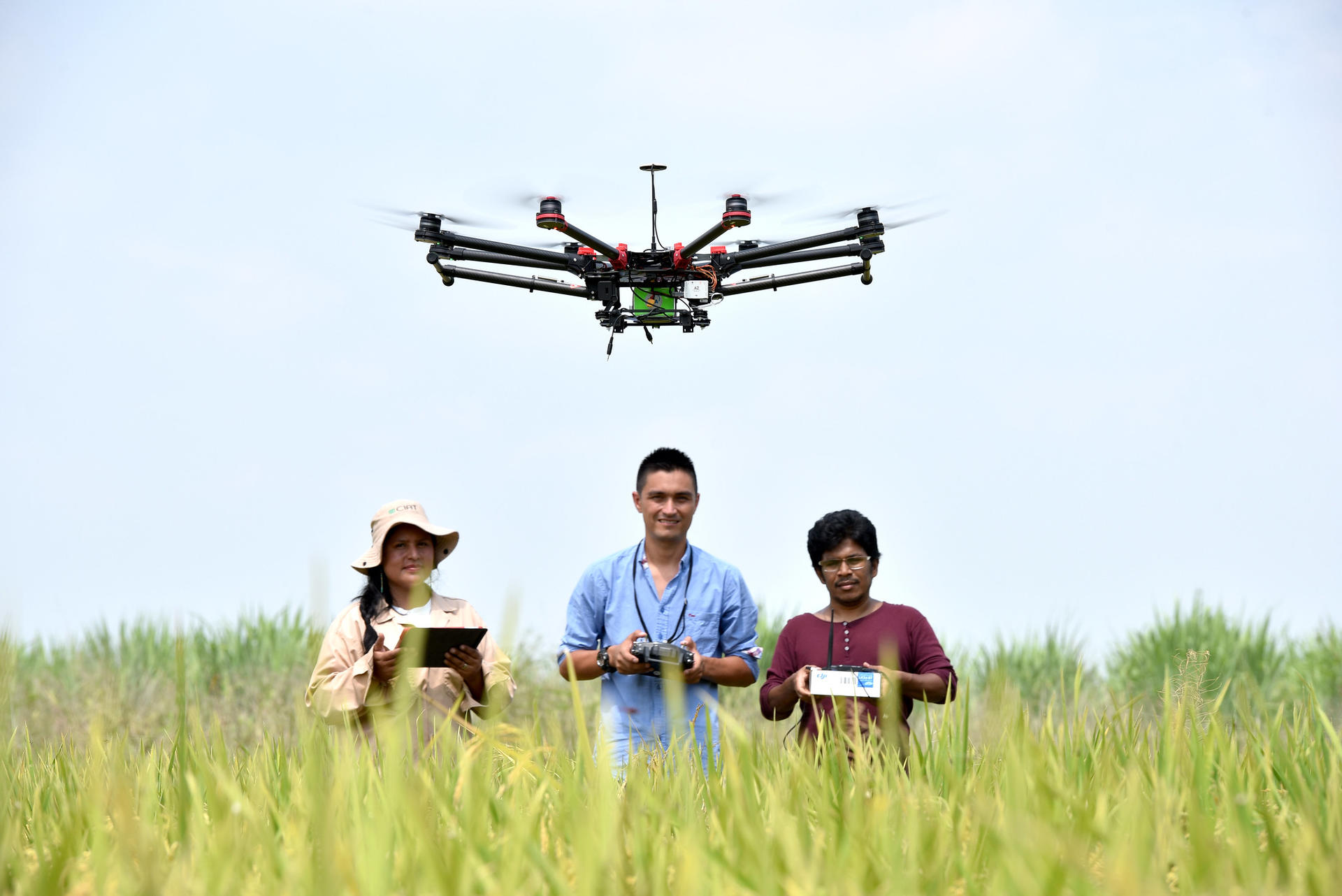
By embedding interplay - the interactions between different parts of the food system - in our digital technology work, we will better adapt to future changes.
Innovation is needed to solve the complex problems of our food systems. The Alliance’s digital inclusion team specializes in artificial intelligence, software development, and the Internet of Things. But pushing the latest gadgets isn’t what makes us tick. Our work reconfigures how people interact with each other, environments, and food, using technology as a support. This approach is well described by the word interplay.
What is interplay? The term is explained by Keller Easterling in a book called Medium Design, which I read recently. She writes that we cannot outrun problems with faster technology. Instead, we need flexible combinations that make it easier to adapt when situations change.
For example, we don’t need flying cars. We can improve transportation systems through better infrastructure and making it easier to transfer between trains, buses and bicycles so that travelers can combine different modes of transport. It doesn’t seem as exciting but these simpler adaptations will be much more effective in the long term.
Our work has a similar spirit. We explore how elements of the food system interact, and how digital technology fits the mix.
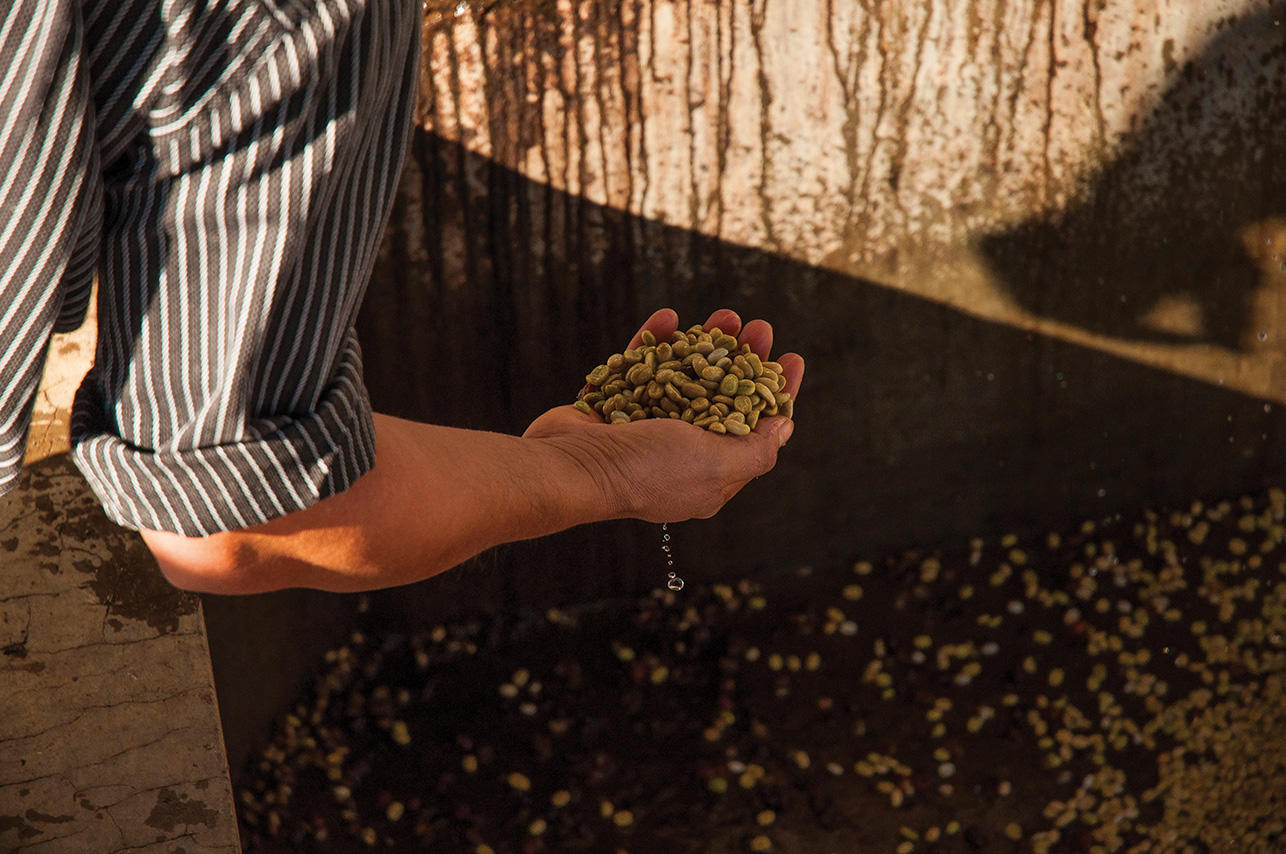
Citizen science for interplay
Interplay is central to our work with citizen scientists and on-farm experimentation. This research has focused on how breeders, farmers and consumers interact when testing new varieties. The primary innovation was designing a process that reconfigures the interactions around testing new seeds, which led to new insights into farmers’ preferences.
The process that we designed was more naturally flowing, building on how farmers normally experiment with seeds and the ways that breeders work with large datasets. We then wove digital media into the mix to streamline the work. This required much coordination and knowledge of several digital tools and how they work under challenging conditions.
This led us toward wider interdisciplinary collaborations with digital designers, plant breeders, food scientists, and collaborations across institutional borders. In 2020, this work received a new boost as we broadened our focus to new crops – cowpea, sorghum and millet – and working with 23 breeding teams in East and West Africa to transform the way they do on-farm testing.
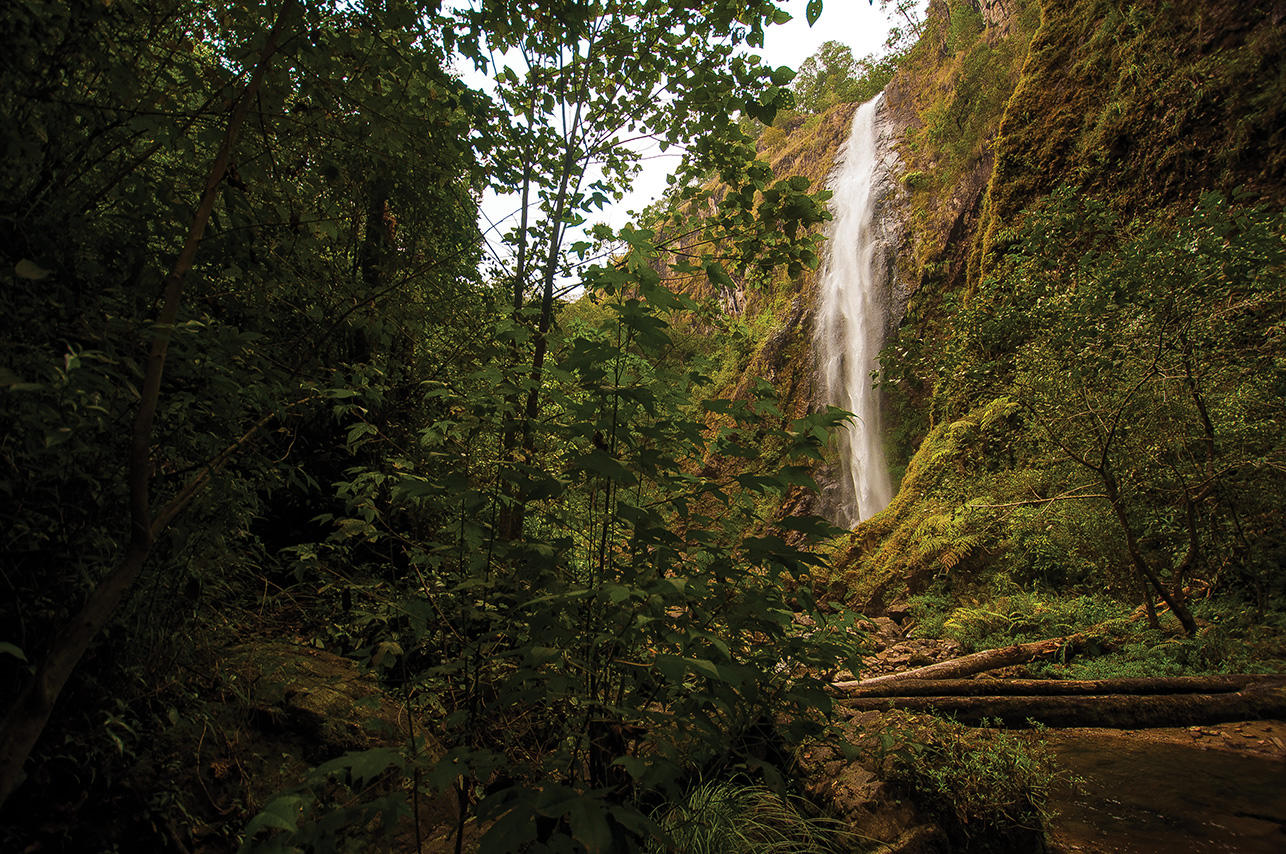
Sustainability monitoring
Our work on monitoring sustainability is another example.The team uses some of the latest artificial intelligence technology. They track the environmental impact of agricultural commodities, particularly deforestation. This is useful for large buyers of commodities, including coffee and cocoa, who need accurate information about the sustainability of their value chains and producers. Our team uses remote sensing imagery and applies deep learning, one of our primary digital tools. The team developed state-of-the-art data processing developed in-house for nearly a decade. But the team goes beyond delivering this information as the goal is more ambitious: to change the “interplay” in food systems.
Interplay is not always positively affected by digital communication, Easterling writes. The effect of digital media is not just to make issues more transparent and communication more direct. She points to the negative and polarizing effects of social media. In our work on sustainability monitoring, we realized that just making a negative impact visible will not automatically lead to positive action. Often this information can be perceived as a threat to business models or ways of making a living.
If we follow the open-ended concept of interplay, we are not just providing information to give an answer but to stimulate people to ask new questions. We want our information to help companies, investors, local authorities and farmer organizations have a dialogue and jointly explore new solutions. This guided new work for us in 2020: developing metrics that recognize and quantify the environmental benefits of good practices; in particular, agroforestry coffee in Central America. Our constant interactions with different players help guarantee that data and metrics will be relevant to current and future decision-making.
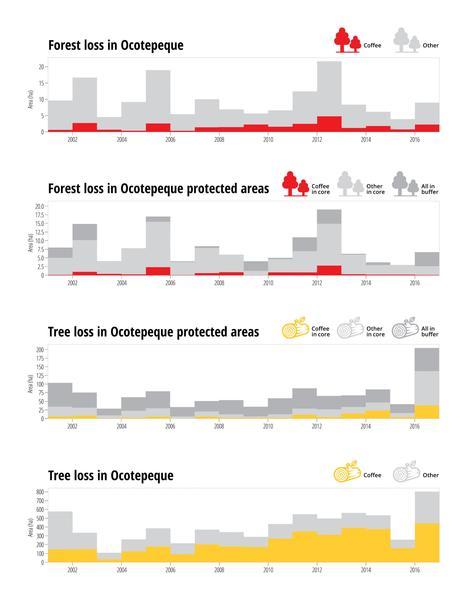
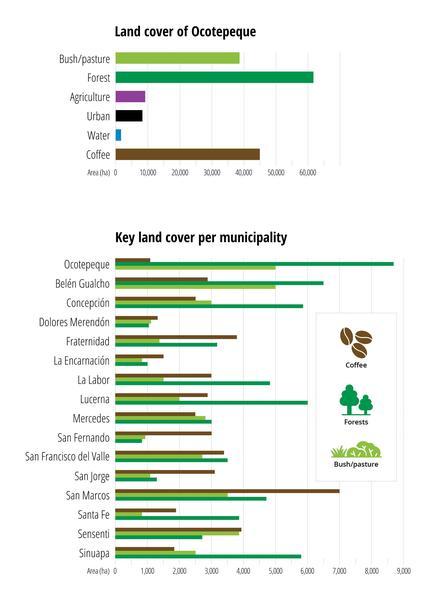
Mapping deforestation and land cover.
Interplay in One CGIAR
We are at an exciting moment with the birth of One CGIAR. In preparations for this new major chapter in our work, I have seen “interplay thinking” resonate with our colleagues across the system. The new organizational structure will make it easier to shape the new radically interdisciplinary collaborations required to focus on interplay. This idea will be at the forefront of our work on digital inclusion in the future.
Research Highlight
What digital revolution? Hundreds of millions of farmers still cannot get online
In the first assessment of its kind, researchers found that small farmers across the globe have woefully low access to mobile networks and the internet. With 5G coming online, the digital divide may widen even more for the world's poor.
Read the press release,
the paper in Nature Sustainability and
Forbes’ coverage of the research.
More Research Highlights
30,000 surveys become a go-to dataset for smallholder farms
Farmer input is essential to tackling global challenges of climate change, rural poverty and nutrition. A new data collection tool aims to build the biggest open-access dataset of its kind for development and research.
Read our blog and the paper in Nature’s Scientific Data.
AI goes underground
Root crops like cassava, carrots and potatoes are notoriously good at hiding disease: leaves may look green and healthy but farmers can face nasty surprises when they go to harvest their crops. Using machine learning, scientists analyzed drone images shot above the soil to understand how root crops respond to drought or heat beneath the soil. The Pheno-i platform relays real-time data to scientists, to breed more climate-resilient crops.
Read our blog and the paper.
An early warning system for banana disease
An early warning system detects and prevents diseases for bananas, a key food security crop in Africa. It relies on machine learning and imagery collected by mobile phones, drones and satellites.
Read our blog and the research.
Multimedia highlights
Digital Dynamism at the Alliance
In this video as part of 2020’s annual convention of the CGIAR Platform for Big Data in Agriculture’s, various members of the Alliance, including our director general, Juan Lucas Restrepo, and our digital inclusion research leader, Jacob van Etten, spoke about the importance of making the benefits of digital advances equitable and fair.
